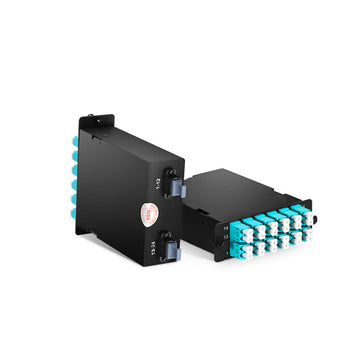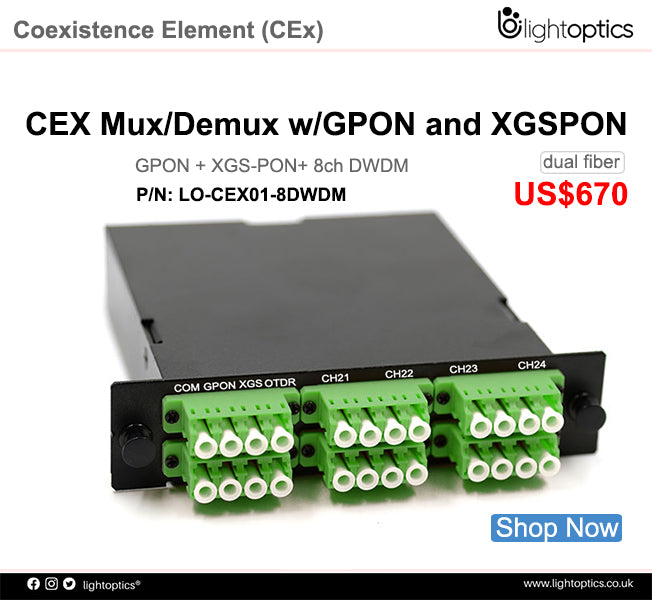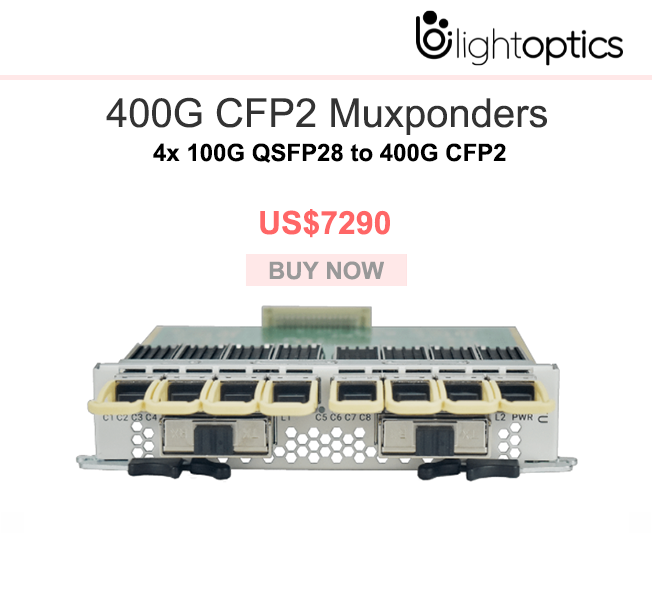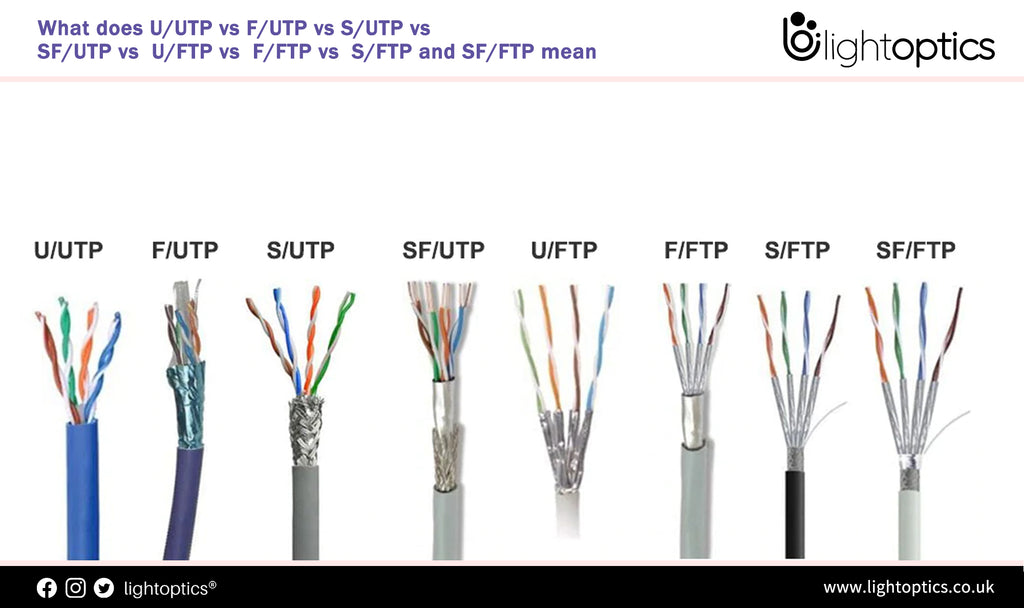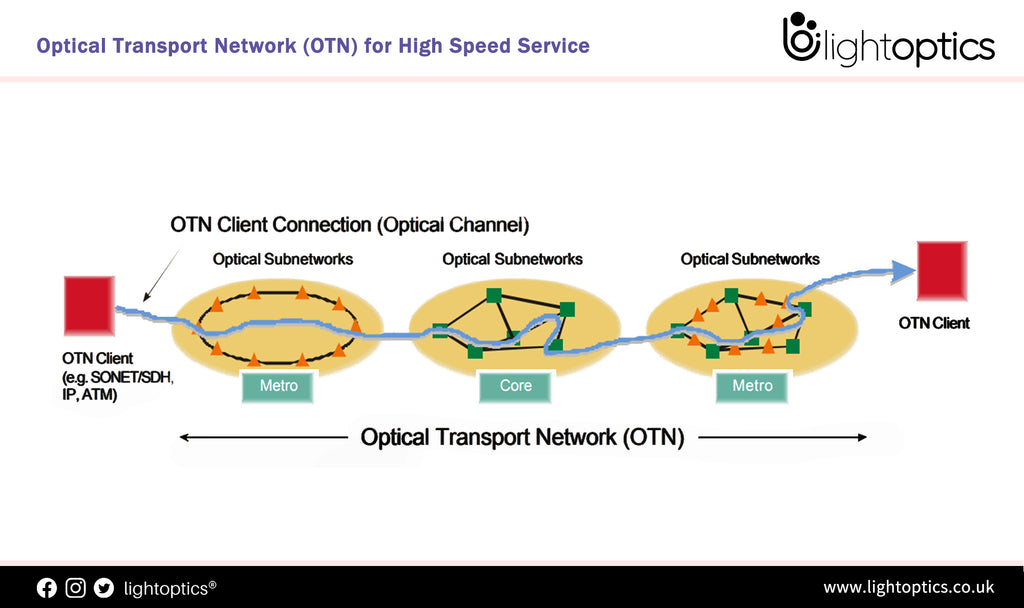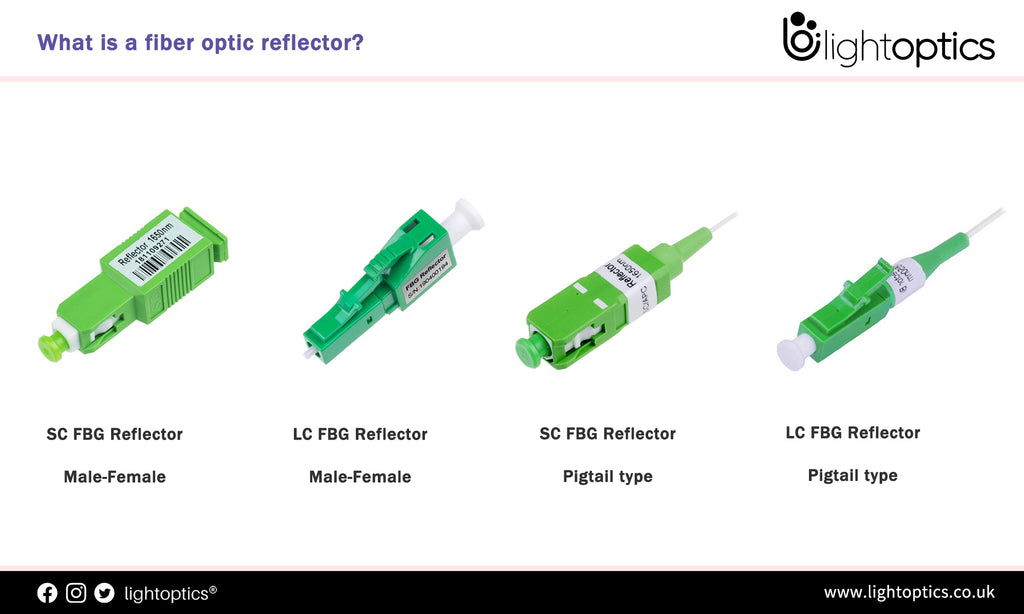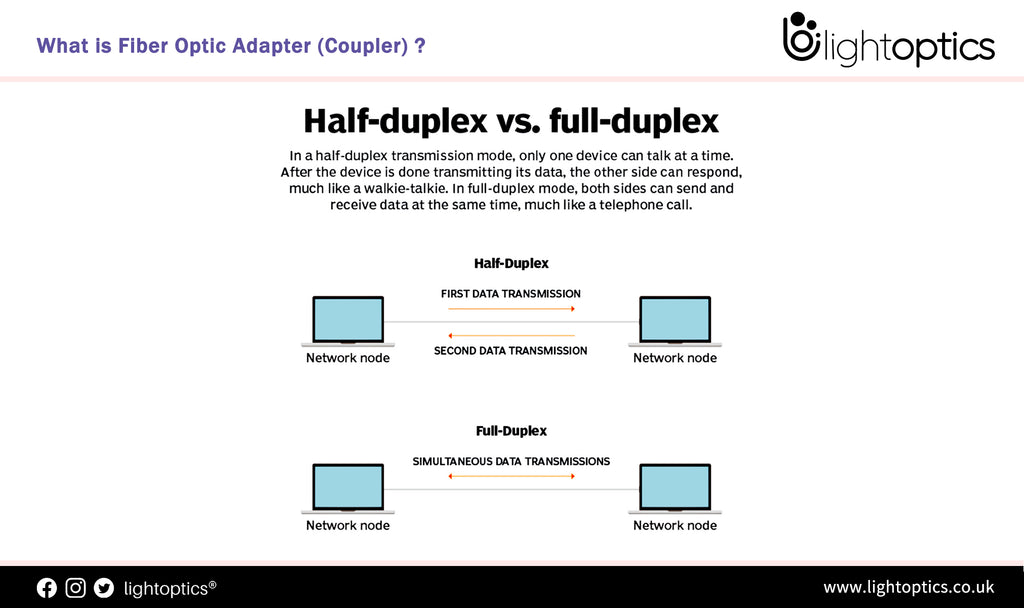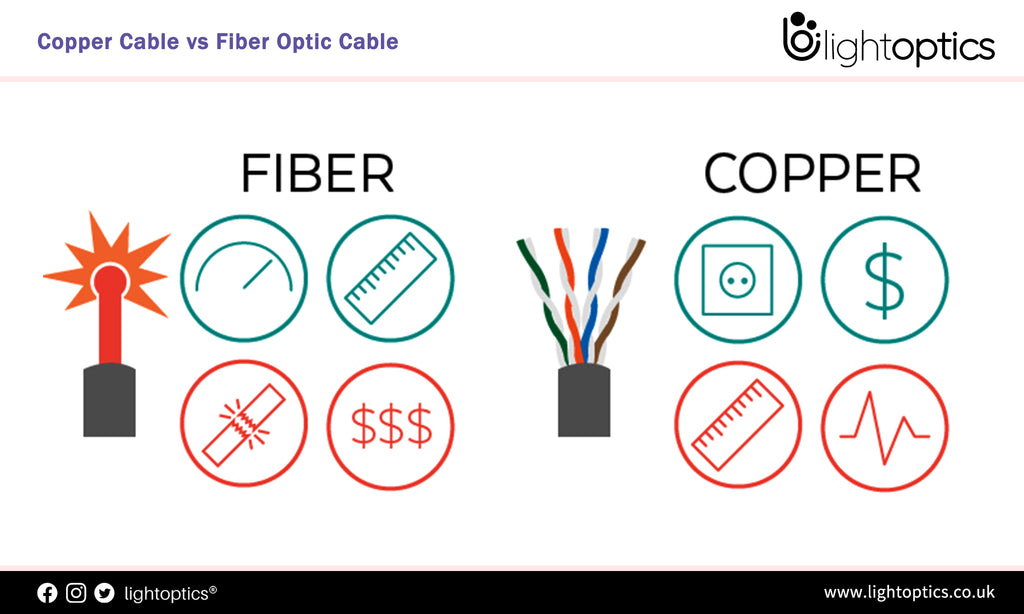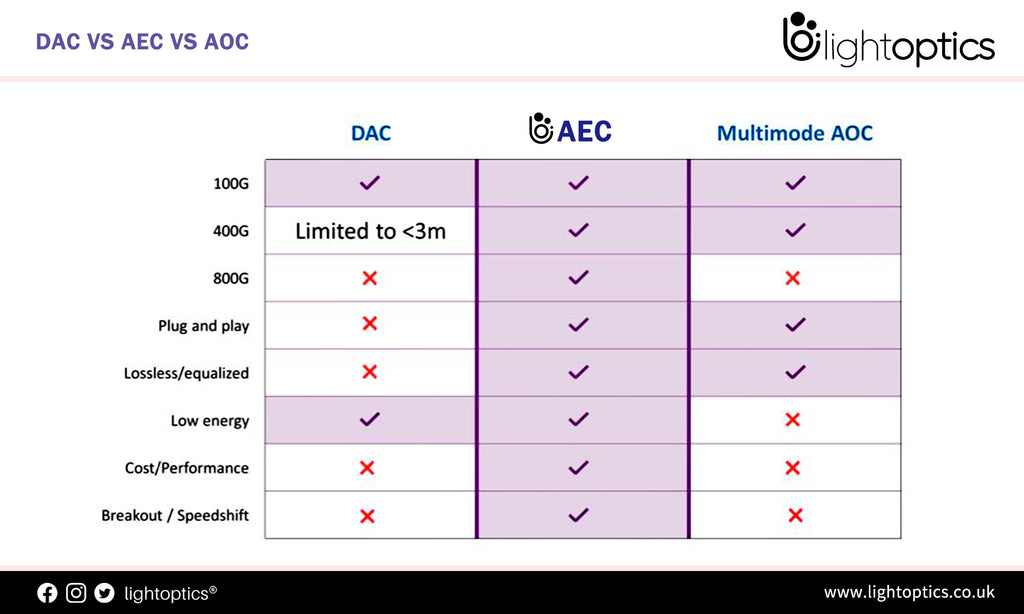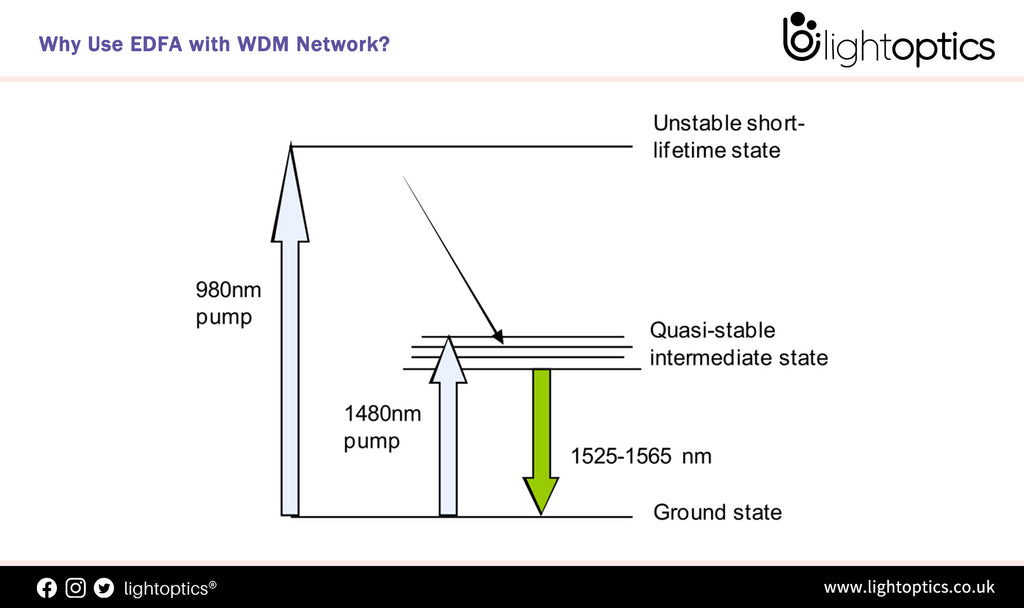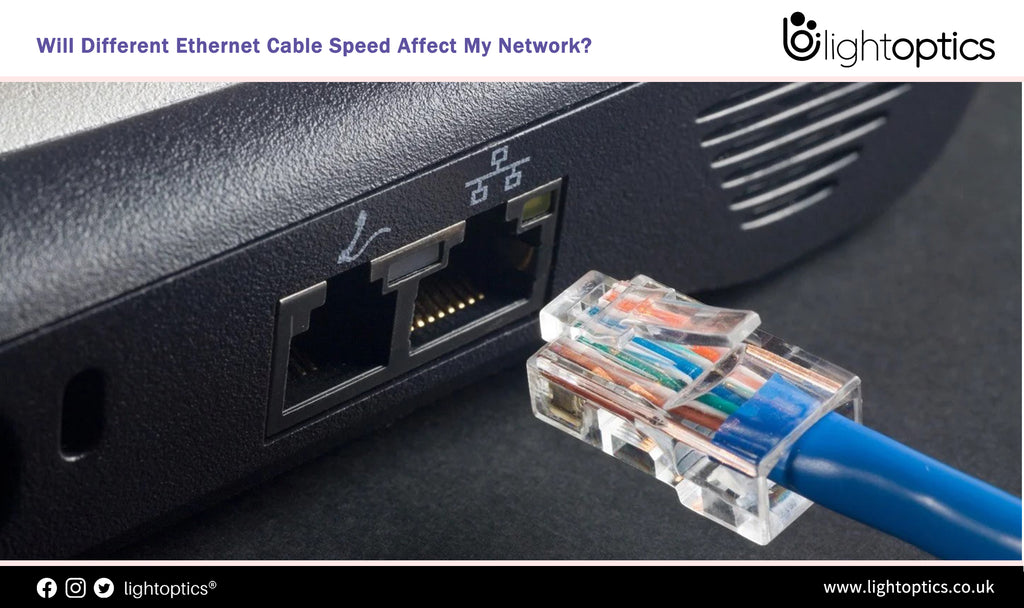-
What does U/UTP vs F/UTP vs S/UTP vs SF/UTP vs U/FTP vs F/FTP vs S/FTP and SF/FTP mean
Understanding the difference between U/UTP vs F/UTP vs S/UTP vs SF/UTP vs U/FTP vs F/FTP vs S/FTP AND SF/FTP Cables? When it comes to copper cabling, choosing the level of shielding you want the cable to have can prove a minefield of confusing acronyms and perplexing industry technology. We’ve put together this handy guide to help you understand the meaning of some of the... -
Optical Transport Network (OTN) for High Speed Service
What Is OTN Network? Optical Transport Network (OTN) is a protocol for sending network messaging over optical fiber networks. Experts define OTN as a collection of optical network elements (ONE) that communicate using wavelength division multiplexing (WDM). Since multiple data frames have been wrapped together into a single entity in OTN, it is also known as the “digital wrapper”. OTN is a next-generation, industry-standard protocol... -
The Role of Transponder and Muxponder in Fiber Optic Network
Enterprise data centers and service providers are facing increasing demands for low latencies, data security, higher speed and longer transmission distance in networks. Both transponders and muxponders are key components for enhancing their networks by meeting those demands. In Optical Transport Network (OTN), both of them belong to the optical transform unit (OTU)/ wavelength conversion unit. What is Optical Transponder? Optical transponders are often adopted to... -
What is Fiber Optic Adapter (Coupler) ?
Fiber optic adapter (also called coupler) is a small device that used to terminate or link the fiber optic cables or fiber optic connectors between two fiber optic lines. They designed to connect two optical cables together and come in versions to connect single fibers together (simplex), two fibers together (duplex), or sometimes four fibers together (quad). The optical fiber adapter can be inserted into different... -
FBG Fiber Optic Reflector is the Ideal Optical End of FTTX Network Link Monitoring
What is a Fiber Optic Reflector? Fiber optic reflector, also known as fiber Bragg grating filter, is usually installed in the front end of optical network ONU. Combined with OTDR equipment, optical link point-to-point (PTP) or point-to-multi-point (PTMP) network monitoring can be realized, and network anomalies can be reflected quickly and accurately. The fiber optic reflector provided by LightOptics has the advantages of low insertion loss,high reflectivity,convenient installation,... -
What is a Transceiver : Working, Types & Its Applications
What is a Transceiver? Definition: It is a combination of transmitter (Tx)/ receiver (Rx) in an only package. This device is used in wireless communications devices like cordless telephone sets, cellular telephones, radios, etc..and the transceiver is built into the mobile device. Irregularly the transceiver name is used as a reference to Tx or Rx devices within cable otherwise optical fiber systems. The transceiver diagram is... -
Copper Cable vs Fiber Optic Cable Price, Is the Copper Really Cheaper?
Budget is always the most direct choice factor when installing cables. Copper cable vs fiber optic cable price, it’s true that the popular impression is that copper is cheap, fiber is expensive. Well, at a certain period in the past decades, it’s true. However, today with the development of networking, is copper cabling really cheaper than fiber optic cabling? Copper vs Fiber: What’s the... -
AEC--the substitute of DAC and AOC?
We all know AOC active optical cables, but have you heard of AEC active cables? Today, LightOptics will introduce to you what is AEC active cable and what are its advantages? What is AEC? The Active Electrical Cable (AEC) is a new category of plug and play interconnect designed for affordable, lossless operation at 100G, 400G, and faster speeds. AEC delivers the simple functionality and speed of... -
Why Use EDFA with WDM Network?
EDFA (erbium doped fiber amplifier), commercialized in the early 1990’s, became a key enabling technology for optical communication networks, and has deployed in the field. It is usually used to improve the intensity of optical signals being carried through a fiber optical communication system thus enables the optical signals in an optical fiber to be amplified directly in high bit rate systems beyond Terabits. As the... -
Will Different Ethernet Cable Speed Affect My Network?
Ethernet cables are the default physical connection for today’s home or business networks. At a glance, Ethernet cables appears to be little more than bulky phone cords. They are vastly different, however, and the type of Ethernet cable you use can have an impact on your internet connection and speeds. Ethernet cables come in different categories, each identified as “Cat” followed by a number. People...
Customer Service: sales@lightoptics.co.uk
Shopping Cart
0
Close
Your Cart
Your cart is currently empty.




